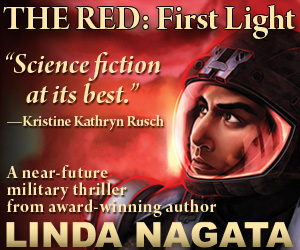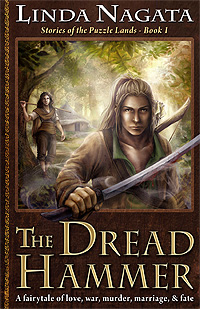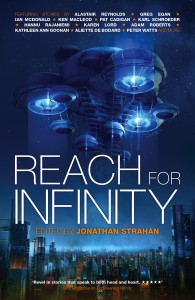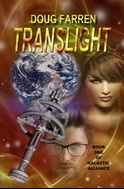Writing Goals for 2013: The Assessment
December 27th, 2013At the beginning of the year I published my writing goals for 2013. Now it’s time to assess how I did:
 1. In March, publish my first adult science fiction novel in TEN YEARS.
1. In March, publish my first adult science fiction novel in TEN YEARS.
Done! This of course was The Red: First Light. Have you read it? Did you like it? Lots of people, men and women both, who don’t ordinarily read military fiction have enjoyed it. If you haven’t read it, I hope you’ll give it a try.
2. Write the sequel to the novel referenced above. Bonus points: publish it before the end of the year.
Hmm…I was about to say that I failed this one, but you know what? I DID finish the first draft at the end of November and I’m presently doing the first revision. So I’m going to pass myself on this one. Definitely no bonus points, though.
3. Write and finish one additional Zeke Choy short story. Bonus points: finish two more stories.
The first Zeke Choy story was “Nahiku West” which was the second-place finisher for the Theodore Sturgeon Memorial Award. The second Zeke Choy story, “Out In The Dark,” was published in Analog’s June 2013 issue. Did I write the next story? Er…no. I have notes though! And some pretty serious ambitions for the finalé of the series, but I haven’t started yet, in part because I was invited to write for some anthologies and that used up my short story time. Next year though…
4. Write and finish three other short stories.
Wait, let me count… Win! In fact, I wrote four stories. They will appear during 2014 in the anthologies War Stories, Reach For Infinity, and an untitled anthology edited by John Joseph Adams, with the fourth story due in April in the monthly magazine, Lightspeed.
5. Write and finish a completed draft of a third Puzzle Lands book…
Nope. As it turns out, I never seriously considered starting on this — though I’m already flirting with the idea for 2014. To be bluntly honest, these books sell very few copies — and I don’t know why. When people actually read them, they seem to really like them — but my science fiction is much more in demand, which is frustrating because I want to do both!
So in summary…
Only one novel and four short stories were written this year, but given how hard that novel proved to be, I’m satisfied.
How did you do with your writing goals in 2013? Let me know. I’d love to hear from you!














